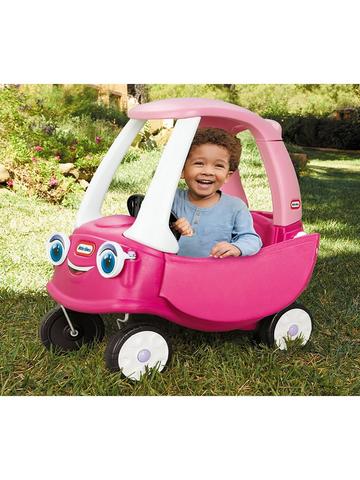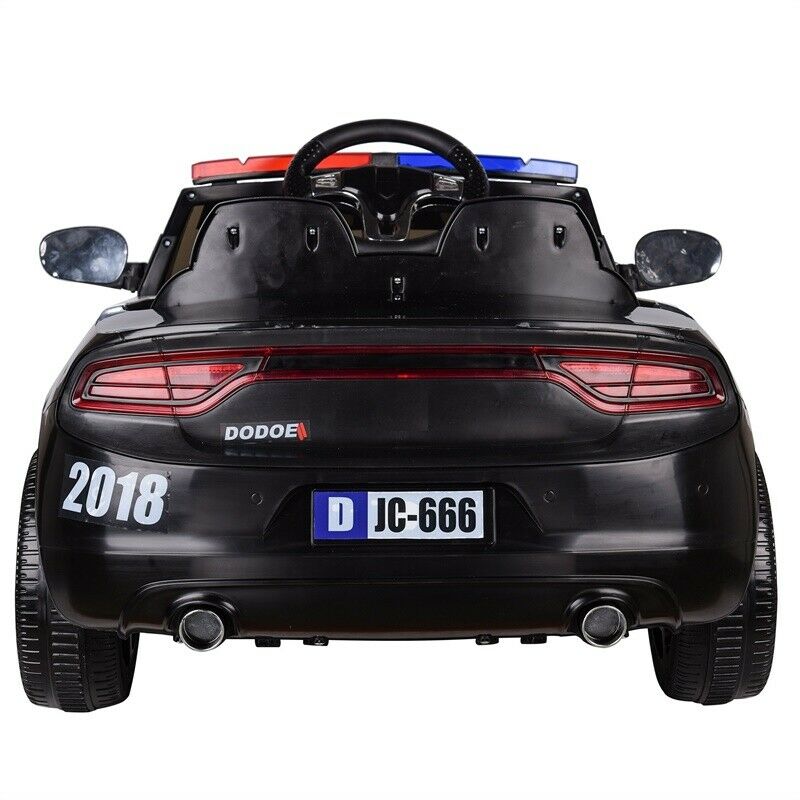Free Suggestions For Choosing Kids Cars
Free Suggestions For Choosing Kids Cars
Blog Article
What Safety Features Of A Ride-On Vehicle Should I Consider? The Pros And Cons
To ensure your child's safety, you should consider the following safety features. Here are some important safety features to think about and their pros and cons Seat Belts -
Seat belts can help keep your child safe within the car ride. It reduces the risk of them falling down or being thrown from the vehicle while playing. Seat belts provide an additional layer of protection for your child from sudden turns and sudden stops.
Pros - Some ride-ons vehicles particularly those made for toddlers, do not have seatbelts. Seat belts are also uncomfortable for children, causing them to be resistant or unwilling to wear them.
Sturdy Construction
Pros - A ride-on car with sturdy construction and quality materials is more durable and resistant to damage which ensures safety for the long term and reliability. It can withstand the rigors of playtime and provide security during the use.
Cons - Construction that is durable tends to be more costly, which makes it unaffordable for certain families. Ride-on vehicles may be less mobile and maneuverable if they are made of heavier materials.
Low Center Gravity
Pros - Cars with lower centers of gravity are less prone to topple over and reduces the chance of accidents or injuries. They offer greater stability and greater balance, particularly in turns and maneuvers.
Cons - Ride-ons with low center-of-gravity could sacrifice ground clearance for off-roading capabilities. This could restrict the range of riding.
Remote control for parents
Pros – Remote-controlled ride on cars allow parents to supervise, assist and supervise their child's activities. They provide an added level of safety as well as parental supervision. Parents can avoid collisions, assist in an emergency, or navigate through difficult terrain.
Cons – Parental remote control could limit children's autonomy and independence, as they heavily rely on parental supervision and assistance while playing. Also, remote-controlled cars can cost more than manual versions.
Speed Limiters
Pros-Ride-ons that come with speed limiters and adjustable speed settings allow parents to determine the maximum speed of their vehicle. This can reduce the risk of an accident or collision. They are able to gradually increase the speed of the vehicle as a child grows in confidence and skills.
Cons - Some children might outgrow the lower speed settings quickly, causing anger or dissatisfaction from the ride-on car. Additionally the speed limiter may not be available on all models. Also, it could require an extra feature or accessory.
Safe Start Technology -
Safe start technology reduces the possibility of sudden jerks and lurches that can frighten or cause a child to fall. It provides an easier and safer riding experience.
Cons: Cars that are ride-on equipped with safety start could be more expensive than standard models. Furthermore, some kids may feel that slow acceleration and deceleration are not as fun or exciting than instant starting and stopping.
Enhances Visibility -
Pros: Ride-on vehicles with enhanced visibility such as taillights and headlights that use or reflective materials can increase visibility even in dimly lit or low light conditions. They increase security by making the vehicle more noticeable to pedestrians or vehicles.
Cons - The enhancements to visibility can make the battery more drained or make it more difficult to design the ride-on cars, thereby increasing the chance of malfunctions and maintenance problems.
When you consider these safety features and weigh their pros, you will be able choose a car that prioritizes the security of your child, while also providing them with the most enjoyable and thrilling play experience. Check out the best JCB ride on toys for site info including childs electric ride on car, toy the car, childs electric ride on car, car on ride, childrens digger, ride on car, toy in car, ride a toy, ride on car, kiddies cars and more. . 
What Type Of Specifications For Assembly And Maintenance Exist For Kids' Ride On Vehicles?
To ensure safety and durability To ensure safety and durability, the majority of ride-on cars for kids require assembly. These are the most commonly used needs for assembly and maintenance of a children's ride-on cars.
The majority of ride-on cars are assembled in part when they arrive and require some assembly. This usually involves attaching the components like the wheels as well as the steering wheel, seats, and other accessories according to the instructions of the manufacturer.
Assemble the parts according to the directions. Utilize the tools and hardware included to complete the procedure.
Cleaning
It is crucial to clean the ride-on vehicle regularly to keep its appearance and functionality. Clean up the exterior surfaces with the help of a soft, damp sponge or cloth dipped in mild soapy water. This will remove dust, dirt and other debris.
Pay attention to areas prone to accumulation, such as the tires or wheels, as well as the undercarriage. To remove the grime and dirt that is difficult to remove, use a toothbrush or a brush to get into those areas that are difficult to reach.
Do not use harsh chemicals or aggressive detergents. They can harm electronic components or paint of your ride-on vehicle.
Battery Care
If the vehicle that you ride on is powered by a rechargeable battery the proper care of batteries is vital to maintain performance and prolong battery life. Follow these tips for caring for your battery for proper care of your battery
The battery must be fully charged prior to use and every time to ensure maximum runtime.
Avoid overcharging batteries or leaving them hooked up to chargers for prolonged time. These actions can damage batteries and shorten their life.
When not in use, store the ride on battery and car away from direct sunshine or extreme temperatures.
If needed, clean the terminals with an appropriate terminal cleaner or wire brush in the event that they have damaged or corroded.
Replace the battery when it stops holding a charge or shows indications of deterioration or damage.
Tire Maintenance -
Check the tires regularly for signs of damage, wear, or loss of air pressure. When needed, use a bicycle air pump or air compressor to fill the tires at the recommended pressure.
The tread pattern needs to be checked for foreign objects, debris or other obstructions that can cause flats. Remove obstructions, and replace damaged tires or fixing them if required.
Lubricate the wheel bearings and axles regularly to minimize friction and ensure smooth movement.
Sometimes, repairs or replacements are needed.
Even with regular maintenance, ride-on vehicles could require repairs on occasion or replacement parts due to wear and wear or damage caused by accident.
Be on the lookout for indications of wear or damage like unusual sounds, loss of power, or unusual behavior. Contact customer support or follow the manual from the manufacturer to assist with troubleshooting.
Replace worn or damaged components promptly to prevent future damage and to make sure that the car is safe for those riding on car.
Following these assembly instructions as well as maintenance guidelines will ensure that your child is entertained for hours while playing safely. Have a look at the most popular click here on kids ride on cars for site examples including race car toy car, ride on car, ride on digger, electric ride along car, kiddies cars, electric toy car, ride a toy, car on ride, ride ons, electric car ride and more. . 
What Factors Should I Take Into Consideration Prior To Buying An Electric Car For My Kid? Pros And Cons?
Consider these factors before purchasing an electric car for your child to ensure that you buy the most suitable model to fit your child's needs. Here are some important considerations and details on sizes, prices pro and cons - Age and Size of the Child -
Select an electric child's car depending on the age and size of your child. Smaller and younger children may prefer compact and lightweight models, while older and larger children may require larger cars with enough space to fit them comfortably.
Car Weight and Size -
Electronic cars for kids are available in different sizes, from tiny micro-sized ones to bigger-scale replicas of real vehicles. The weight and size of your child's vehicle is based on the age of your child, their size and capacity. Also, consider the amount of space available for play and storage.
Price Variation
Electric cars for children aren't cheap, based on a variety of factors. They include the size, features brand and the build. Prices for micro-sized cars range between $50 to $200. For larger vehicles, prices can be upwards of $800.
Pros and Cons
Pros -
Electronic Kids' Cars - These vehicles are perfect for fun and games that are imaginative. Children can enjoy the thrill of having their own vehicle.
Motor Skill Development. Operating an electric vehicle helps children develop coordination, spatial awareness and fine motor skills.
Electric cars encourage physical activity and outdoor play. They promote physical activity and exploration.
Realistic Features: Many electronic kids' cars feature realistic features like working headlights, horn sounds, and MP3 player compatibility, which enhances the experience of playing.
Cons
Cost - The best electric children' cars can be expensive and include licensed versions of popular car brands.
Battery Life - Electric cars depend on rechargeable batteries to provide power. They might have a limited time of operation and require frequent recharge.
Safety Issues - Electric cars may pose safety concerns such as falls, collisions and entrapment, when not handled with caution and under adult supervision.
Assembly and Maintenance - Certain electric vehicles require assembly on arrival and maintenance on a regular basis such as cleaning, battery maintenance, as well as occasional repairs or replacements.
Accessories and features
Think about the features that come with the electric children's car. They include headlights that work as well as horns for the parents, parental remote controls, seat belts, and storage compartments. Select a car with features that match your child's interests and needs.
The ideal electric car for your child will depend upon factors like the size and age of your child, as well as their interests and budget. Take the time to research and compare different models review them, then think about the pros and cons prior to making your decision. See the top Mercedes ride on car kidscars.co.uk recommendations for blog examples including electric ride on cars, childs car toy, toy car, toy cars toy car, kidscars, car on ride, car toy toy, toy cars, ride ons, remote control childrens electric cars and more. .